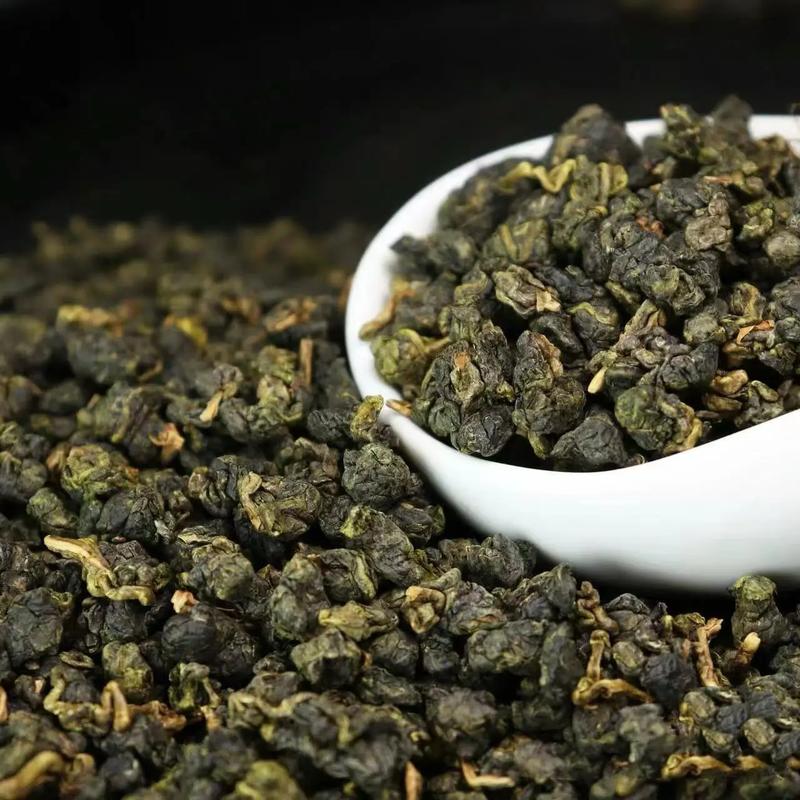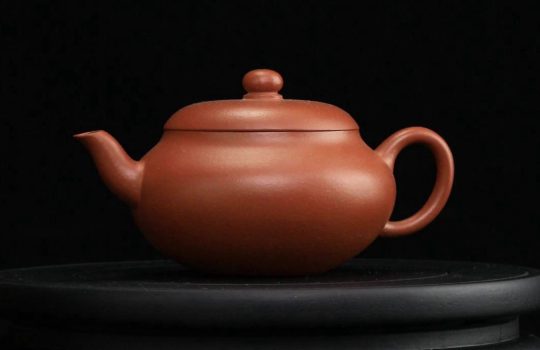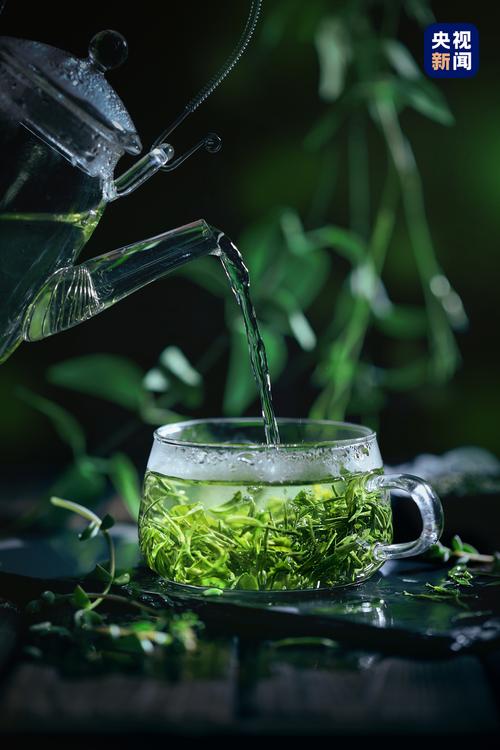Learn more about oolong tea through its varieties, identification methods, processing techniques, and storage methods.

Understanding Oolong Tea
Oolong tea, also known as green tea, is a semi-fermented tea named after its creator. It is a uniquely distinctive tea category in China, primarily produced in the Fujian provinces of Minbei and Minnan, as well as Guangdong and Taiwan. In recent years, small quantities have also been produced in Sichuan and Hunan provinces.
The quality characteristics of oolong tea lie between those of black tea and green tea. Its appearance varies depending on the region of origin and processing methods, but its internal qualities include a clear, orange-yellow infusion, a high, fragrant aroma with floral notes, a rich yet refreshing taste, and a yellow, soft leaf base with green leaves and red edges. It not only possesses the fresh aroma of green tea but also the rich, refreshing qualities of black tea.
Due to its excellent quality and outstanding performance in fat breakdown, weight loss, and body shaping, oolong tea became wildly popular in Japan and Western countries in the 1970s, where it was referred to as ‘beauty tea’ and ‘body-shaping tea.’
Types of Oolong Tea
Min Nan Oolong: Tieguanyin, Huangjingui, Daye Oolong, Qilan, Benshan, Maoxie, etc.
Minbei Oolong: Wuyi Da Hongpao, Wuyi Cassia, Wuyi Osmanthus, etc.
Guangdong Oolong: Phoenix Dan Cong, Phoenix Osmanthus, Lingtou Dan Cong, etc.
Taiwan Oolong: Oriental Beauty, Dongding Oolong, Alishan Oolong, Baozhong, etc.
Identifying Oolong Tea
Appearance: High-quality Water仙 tea has robust, sturdy, and curved tea leaves; high-quality Tieguanyin has sturdy tea leaves; low-quality oolong tea has loose tea leaves.
Colour: High-quality oolong tea has a sandy green or dark green colour; low-quality oolong tea has a dark brown, brown, dried red, or red colour.
Aroma: High-quality Oolong tea has a floral aroma; low-quality Oolong tea has an oily, burnt, or other off-flavour. When smelling the dry tea, hold it in your hands, bring your nose close, and inhale three times. If the aroma persists or becomes stronger, it is good tea; inferior tea has insufficient aroma, and those with a green or off-flavour are even worse.
Tea liquor colour: High-quality oolong tea has an orange-yellow or golden-yellow tea liquor colour, clear and bright; low-quality oolong tea has a dark red tea liquor colour with turbidity.
Taste: High-quality oolong tea has a rich, fresh, and crisp taste; low-quality oolong tea has a light taste or a bitter and astringent taste.
Leaf base: High-quality oolong tea has green leaves with red edges, where the green parts are vibrant green with a hint of yellow, and the red parts are bright; inferior oolong tea has dark green parts and dark red parts.
Oolong tea processing techniques
1. Wilting
There are two types of wilting: sun wilting and indoor wilting.
Sun wilting, also known as sun-drying, involves spreading freshly picked leaves to evaporate some moisture, allowing the internal substances to undergo moderate transformation and reach an appropriate fermentation level.
Indoor withering, also known as cool withering, involves allowing the fresh leaves to wither naturally indoors, which is a common method in oolong tea withering.
2. Shaking
Shaking is a key step in the processing of oolong tea (green tea). After withering, the tea leaves undergo 4-5 rounds of shaking, causing a series of biochemical changes in the fresh leaves.
This process forms the unique ‘green leaves with red edges’ characteristic of oolong tea leaves, as well as the distinctive aroma of oolong tea.
3. Stir-frying
Similar to the kill-green process in green tea, this involves using a stir-frying machine to destroy the enzymes in the tea, preventing the leaves from continuing to turn red, and allowing the green aroma to fade while the tea’s fragrance emerges.
4. Rolling
This is a shaping step, where the oolong tea leaves are formed into spherical or thread-like structures.
5. Roasting
This is the drying process, which removes excess moisture and bitterness. The tea is roasted until the stems break easily when bent by hand, the aroma is pure, and the tea fragrance is rich and mellow.
Oolong Tea Brewing Methods
Chaozhou Gongfu Tea Brewing Method, Fujian Gongfu Tea Brewing Method, Taiwanese Oolong Tea Brewing Method, etc.
Storage of Oolong Tea
1. Refrigerator Storage Method
Seal the newly purchased oolong tea in packaging and store it in the refrigerator’s refrigerator compartment at a temperature between -5°C and 5°C.
2. Thermos Storage Method
Simply place the tea leaves in a dry thermos and tightly seal the lid.
3. Glass Jar Storage Method
Place the dry tea leaves in a light-proof glass jar, seal the jar tightly, and the tea leaves will retain their aroma for an extended period.
4. Porcelain Jar Storage Method
The container must be dry, odourless, and structurally sound. Place the dry tea leaves in the jar for storage.
The Difference Between Oolong Tea and Green Tea
Oolong tea and green tea are produced from the same tea plant, but their main difference lies in the fermentation process. Oolong tea is a semi-fermented tea, also known as green tea; green tea is an unfermented tea, hence its alternative name, clear tea. Since green tea undergoes no fermentation, it retains a high content of plant vitamins and offers beauty-enhancing, anti-cancer, and cancer-preventing benefits. Oolong tea undergoes a semi-fermentation process, which reduces its bitterness and produces beneficial antioxidants such as catechins and tea polyphenols. Under the combined effects of these beneficial compounds, oolong tea exhibits various health benefits that green tea does not possess.



